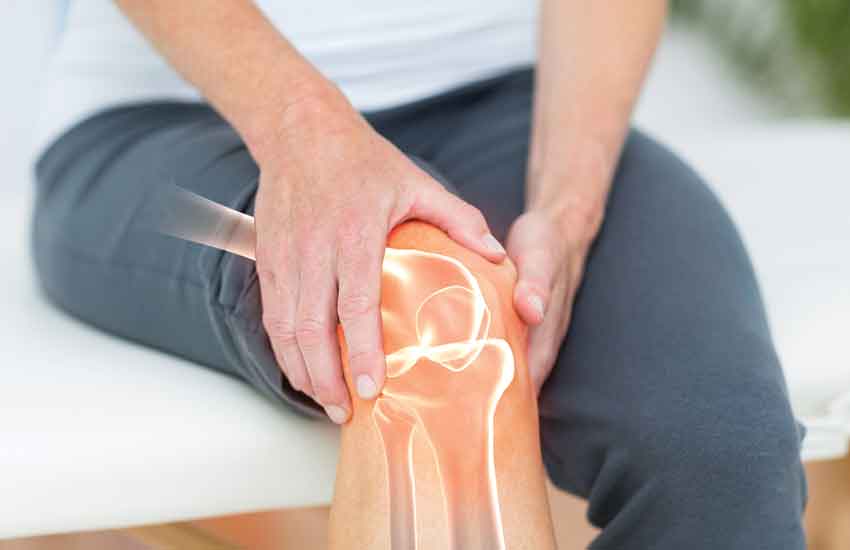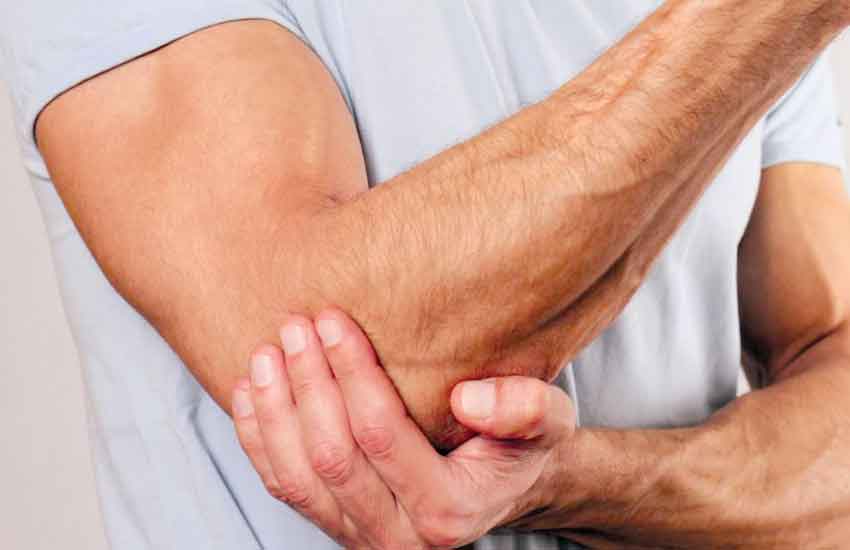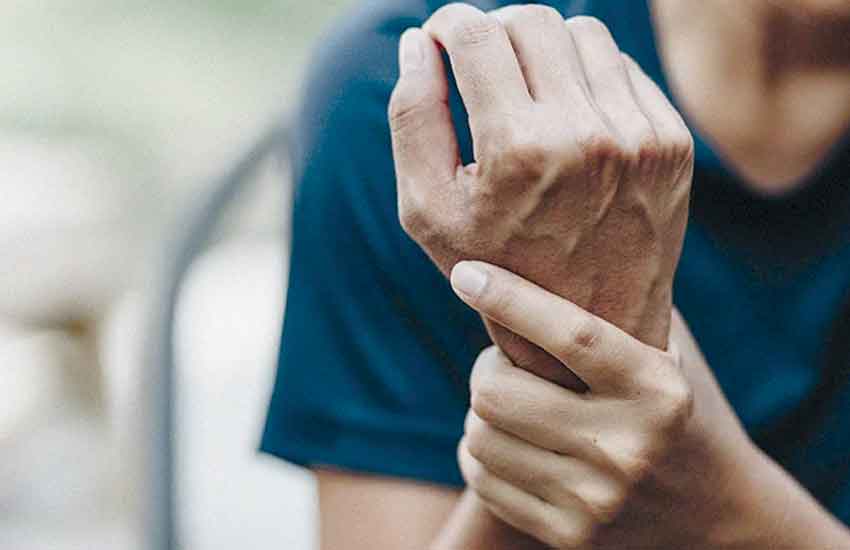Joint Pain
Joint pain is a common issue that can arise from various sources, including arthritis, bursitis, and muscle strain. This discomfort can greatly impact one’s quality of life. The most common cause of joint pain is osteoarthritis, also known as wear-and-tear arthritis, which occurs when the protective cartilage in the joints wears down. While osteoarthritis can affect any joint, it is most frequently seen in the knees, hips, and hands.
What is Joint Pain?
Joint pain can be a significant hindrance to leading an active lifestyle, particularly if it persists over an extended period. The joints, which connect bones and form a crucial part of the skeletal system, are composed of bones, muscles, tendons, and ligaments that allow for movement and stability. However, when subjected to stress and strain, joints can become damaged and painful, making them vulnerable to degenerative conditions, leading to joint pain.


Joint Pain Symptoms
Joint pain can manifest in various ways, and the symptoms can vary depending on the underlying cause. Some common symptoms of joint pain include:
Stiffness or aching: The joint may feel stiff and tender, especially after periods of inactivity.
Swelling: Joints may become swollen and tender, especially when the surrounding tissues are inflamed.
Redness and warmth: Redness and warmth around the joint may indicate inflammation.
Limited range of motion: Joint pain may make it difficult to move the affected joint freely.
Grinding or popping sensations: Some people may feel grinding or popping sensations in their joints when they move.
Weakness: Joint pain can cause muscle weakness and make it difficult to perform everyday tasks.
Deformity: In some cases, joint pain may cause deformities in the affected joint.
It’s important to note that joint pain can be a symptom of various conditions, including osteoarthritis, rheumatoid arthritis, gout, and bursitis, among others. It’s recommended to seek medical attention if you experience persistent joint pain.
It's time to schedule an appointment and find relief
If your suffering from neck, back or should pain and need
treatment or diagnosis, submit your information, and we’ll get back to you.
Joint Pain: Improve Blood Flow
Improved blood flow is crucial for the healing process, and that’s where spinal manipulation and other treatments come in. At MIPM, our techniques are designed to boost blood circulation, providing the essential oxygen, energy, and nutrients your body’s organs, tissues, and cells need. Whether it’s due to an injury or chronic joint pain, we can help restore proper blood flow and facilitate faster healing.


Joint pain and Arthritis Symptoms
Arthritis is a common cause of joint pain, and its symptoms can vary depending on the type of arthritis you have. Some common symptoms of arthritis include:
Pain: Pain in the joints is the most common symptom of arthritis, and it can range from a mild ache to a severe, constant pain.
Swelling: Joints may become swollen and tender, especially after prolonged periods of inactivity.
Stiffness: Joints may feel stiff, especially in the morning or after periods of inactivity.
Redness: The skin around the affected joint may become red and warm to the touch, indicating inflammation.
Limited range of motion: Pain and stiffness may make it difficult to move the joint, leading to a decreased range of motion.
Weakness: Joint pain and weakness may make it difficult to perform everyday tasks and activities.
Grinding or crunching sensations: In some cases, you may hear a grinding or crunching sound when you move your joints, which can be a sign of osteoarthritis.
It’s important to seek medical attention if you experience any of these symptoms as they may indicate the presence of arthritis or another joint condition.
Your Treatment is Geared to Your Condition
At Minnesota Institute for Pain Management, we understand that every case of joint pain is unique. That’s why we take a personalized approach to joint pain management, creating a treatment plan that is tailored to your specific symptoms and diagnosis. Some of the treatments that may be recommended for joint pain at MIPM include:
- Manipulation of your spine or other joints
- Soft tissue mobilization or massage to loosen tight muscles and tissues while also breaking apart scar tissue
- Ultrasound therapy to decrease pain, stiffness, and swelling
- Electrical nerve stimulation to prevent pain signals from reaching your brain
- Traction to decompress your spine, improve range of motion, and reduce pressure on your nerves
- Exercises that help you strengthen the muscles that support your joints and improve flexibility
Back Pain | Neck Pain | Concussions | Headaches | Work Injury | Joint Pain | Whiplash | Sciatica